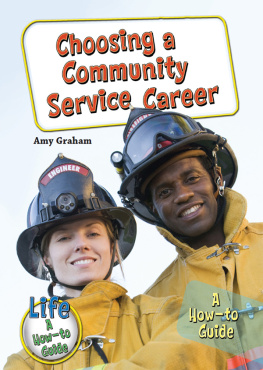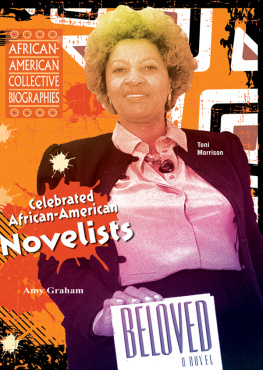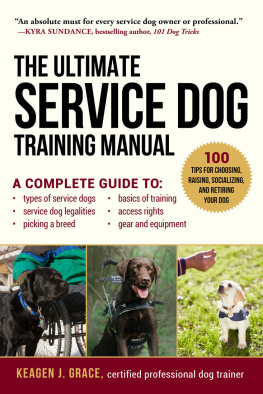
Making a Difference
For some people, helping those in need is their job. Police officers, EMTs, firefighters, social workers, and teachers are just a few of the careers people get into when they want to help others in their community. But how do you choose? Read inspiring stories of people who have made it their job to help others, and make sense of the different career options at your disposal with this informative how-to guide.
About the Author
Amy Graham lives in Maine with her family. She has a bachelor's degree in comparative literature from the University of Massachusetts.
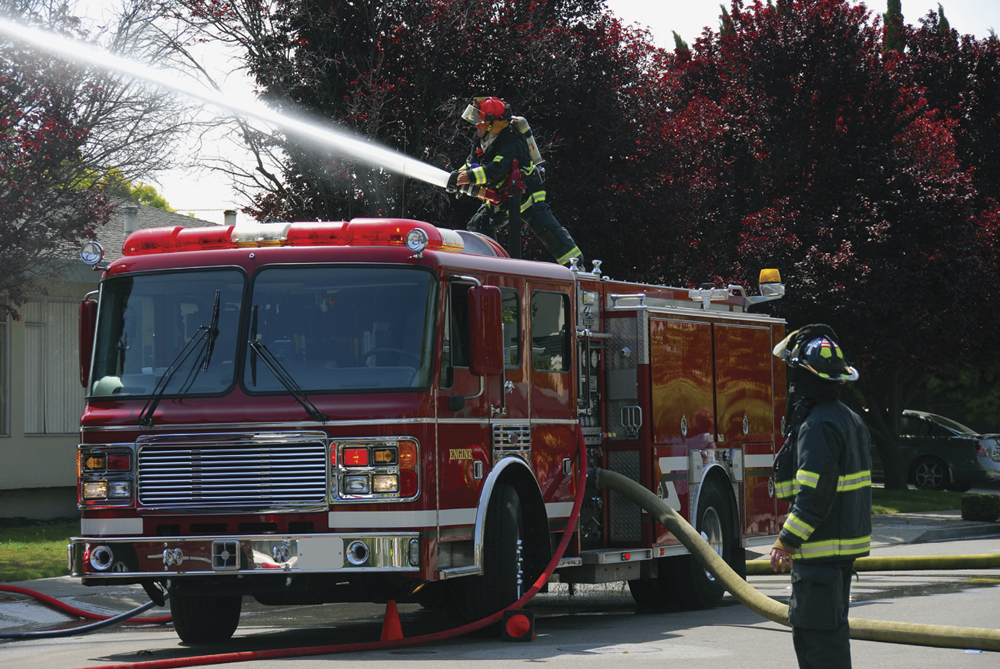
Image Credit: Shutterstock.com
Firefighters respond to a fire at an apartment. They put their own lives on the line every day to keep people safe.
In the middle of the night, a man wakes to the insistent beeping of a smoke detector. In an instant, he is wide awake with his heart thumping wildly. He nudges his wife to wake her and then stumbles through the dark to the bedroom door. The door feels cool against his hand, and he opens it cautiously. A rush of acrid smoke enters the room, and they both begin to cough. Their young son is asleep in the room across the hall. The mother rushes in and scoops the sleeping boy up in her arms. The air in the hall is thick with smoke, but the father finds that the path to the front door is free of flames. He guides his wife and child through the smoke to safety.
Once outside and safely away from the building, the mother sets her son down on the damp grass. She is concerned he may have inhaled smoke and wants to be certain he is conscious. The boy wakes up to his mothers worried face peering down at him. With his mind at rest that their son is safe, the father scans the house looking for the source of the smoke. With a sinking feeling, he spots bright orange flames shooting out from the windows of their attached garage. A neighbor has heard the commotion and comes across the lawn to let them know she has just called 9-1-1. The dispatcher has assured her that help is on the way. The family stands together, watching helplessly as the flames spread through their home.
Most people are in their beds fast asleep at this time of night, but not everyone. The fire station, ablaze with lights, is a blur of activity. Firefighters, ready to go at a moments notice, are already dressed in their protective gear. They climb aboard the fire trucks, and within seconds the trucks are pulling out onto the street with their lights flashing. As they approach an intersection, the sirens wails cut through the quiet of the night.
A police cruiser is the first rescue vehicle to arrive at the scene. The officer was patrolling the streets in her cruiser when she heard the dispatchers call come over the radio. Her first concern is for peoples safety. She speaks with the parents: is everyone out of the burning building? The father assures the officer that no one is left inside. She turns her attention to the boy, who is coughing. She explains that an ambulance is on its way. Even as she speaks the words, the ambulance appears from around the corner. An emergency medical technician (EMT) jumps down and introduces him-self to the family. He listens to the boys breathing with a stethoscope. His partner wraps a blanket around the boys shoulders to keep him warm.
The police officer asks if the family has any pets that may be trapped inside. They do have a cat. Could she still be in the house? They are hopeful that she has escaped out her cat door. The father enlists the neighbors help to search the neighborhood, calling for the cat. Now the fire trucks pull up on the curb. The team of firefighters gets right to work. They listen closely to their fire chief as he scouts out the scene and shouts out orders. A firefighter drags a heavy hose from the pumper truck and attaches it to the nearby fire hydrant. They begin to spray the building with water. Other firefighters use ladders to climb onto the roof where they create vent holes to release smoke and poisonous gases created by the fire. They will put the fire out and salvage what they can of the familys property.

Image Credit: Image Credit: Shutterstock.com
Emergency medical workers are quick to respond to accidents, fires, and other emergencies.
Hours later, the sun is rising over the nearby hills. The fire is out. It is clear that the garage will need to come down, but things look good for the rest of the house. The firefighters, tired and covered in soot, climb back aboard the fire trucks and return to the station. The police officer sits in her cruiser and fills out a report about the fire. The EMTs, satisfied that their work was done, returned to the dispatch center earlier. The boy is asleep on the neighbors couch, with one arm draped over his cat. It was discovered, unhurt, hiding under a neighbors porch. The mother and father sit together nearby, watching their son sleep. They feel sad about all they have lost in the fire. They also feel very fortunate that no one was hurt. They are very grateful to the emergency workers who have helped them.
Public-service workers have jobs that help the people in their community. Their work is essential, whether they respond in times of emergency or help people in less dramatic ways to meet lifes challenges. Teachers and child-care workers help children to learn new skills and reach their full potential. Funeral directors and social workers help people in times of great need. Librarians promote literacy and help the public to find information. Postal workers deliver letters and packages in a safe and timely manner. Police officers, firefighters, and EMTs can be counted on to be there in an emergency. Ministers give people spiritual guidance and support. Each of these fields requires people with different interests, yet all of these workers have one thing in common. They feel best about themselves when they are helping other people. These professionals are the backbone of their community. They are well respected and highly regarded community members. They take pride in what they do. Community helpers are rewarded by more than just their paychecks. They go home at the end of their day knowing that they have made a real difference in the world.
This book explores ten public-service careers. Each chapter focuses on a career. It discusses the skills and qualities that make somebody a good fit for the job. You will hear firsthand why people chose to go into their field of work and what surprised them about their jobs. You will learn about the training necessary to pursue each career path and how you can learn more if one of these careers matches your interests. Read on and find out: do you have what it takes to serve your community?
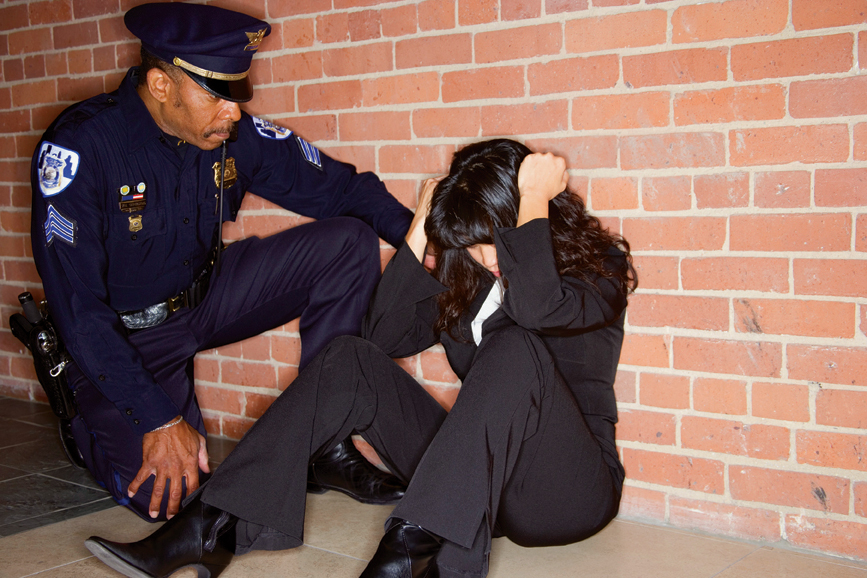
Image Credit: 2011 Photos.com, a division of Getty Images. All rights reserved.
A police officer helps a young woman in distress.
When a crime is in progress, most people would run for cover. Not police officers. They are trained to confront and apprehend criminals. A police officers job is to protect and serve. Police uphold the law. They work to keep communities safe from crime.
Next page
